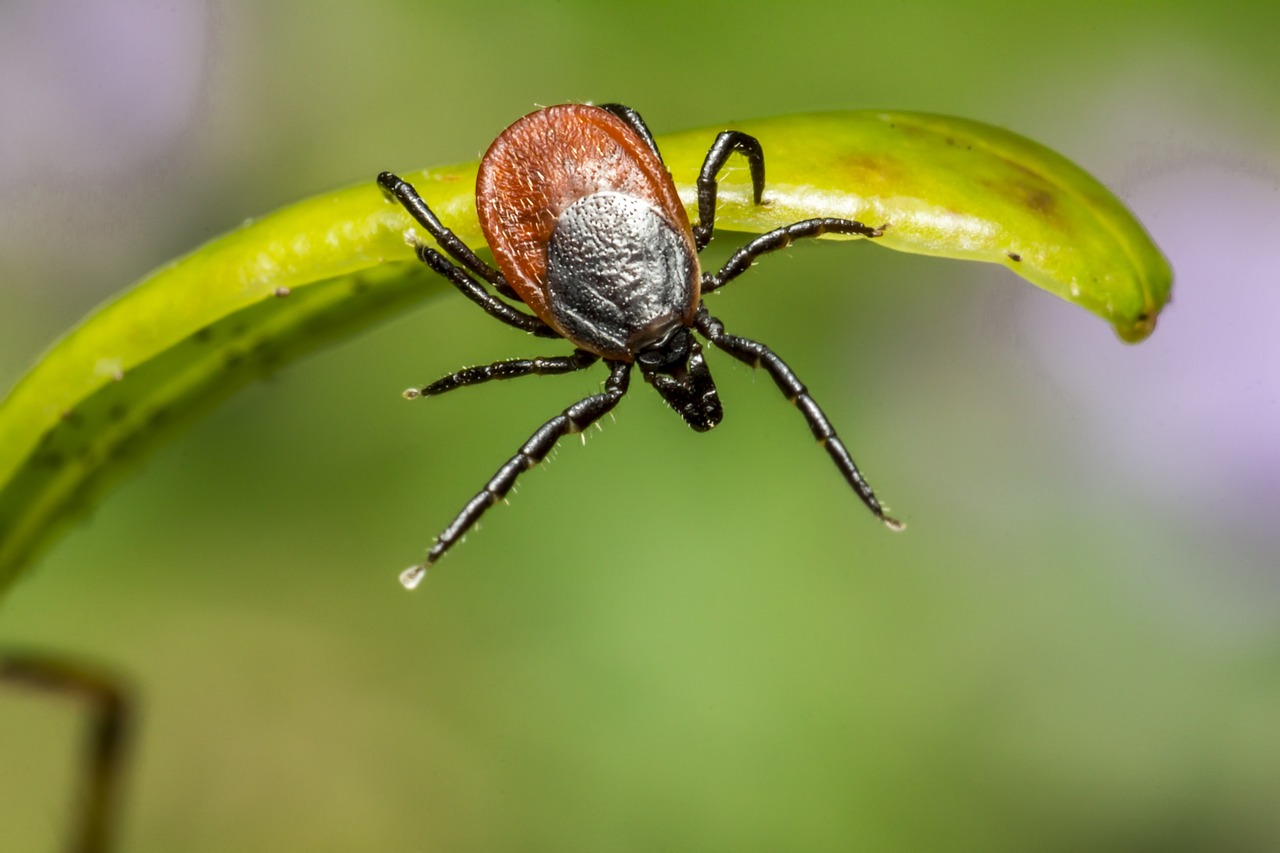Unraveling Lyme Disease: A Life-Altering Journey of Fatigue and Pain
In a world where health uncertainties lurk in the shadows, the story of Lyme disease serves as a poignant reminder of the hidden battles waged by individuals facing debilitating symptoms. Recently, the narrative of a mother left bedbound by relentless fatigue and joint pains, only to be diagnosed with Lyme disease, sheds light on the profound impact of this often misunderstood condition. Her journey epitomizes the challenges and complexities inherent in diagnosing and managing Lyme disease, a condition that can dramatically alter one’s quality of life.
Lyme disease, caused by the bacterium Borrelia burgdorferi, is primarily transmitted to humans through the bite of infected black-legged ticks. The hallmark sign of Lyme disease is a characteristic rash known as erythema migrans, which often resembles a bull’s-eye. However, not all individuals develop this distinctive rash, leading to difficulties in early diagnosis. As the infection progresses, a myriad of symptoms can manifest, affecting various bodily systems.
Fatigue, joint pains, and flu-like symptoms are among the common early indicators of Lyme disease. These seemingly innocuous symptoms can easily be mistaken for other ailments, delaying proper diagnosis and treatment. Unfortunately, such delays can allow the infection to disseminate throughout the body, leading to more severe complications affecting the joints, heart, and nervous system.
The case of the bedbound mother underscores the insidious nature of Lyme disease. Initially dismissed as fatigue from the rigors of motherhood, her symptoms progressively worsened, robbing her of the ability to carry out daily activities. Such debilitating fatigue is a hallmark feature of chronic Lyme disease, a condition that afflicts a subset of individuals who experience persistent symptoms despite receiving standard antibiotic therapy.
Diagnosing chronic Lyme disease presents a formidable challenge for healthcare professionals. The absence of definitive diagnostic tests and the overlap of symptoms with other conditions contribute to diagnostic uncertainty. As a result, many individuals with chronic Lyme disease endure a prolonged odyssey of medical consultations before receiving a proper diagnosis, if at all.
Treatment of Lyme disease, particularly in its chronic form, remains controversial. While antibiotics are the mainstay of treatment for acute Lyme disease, their efficacy in addressing chronic symptoms is debated within the medical community. Some clinicians advocate for prolonged antibiotic therapy, while others caution against its potential risks and lack of robust evidence supporting its benefits.
Beyond the physical toll, Lyme disease exacts a heavy emotional and psychological toll on affected individuals and their loved ones. The relentless nature of symptoms, coupled with the uncertainty surrounding diagnosis and treatment, can lead to feelings of frustration, isolation, and despair. The story of the bedbound mother serves as a poignant reminder of the resilience required to navigate the tumultuous terrain of chronic illness.
Moving forward, raising awareness about Lyme disease is paramount to improving early detection and management. Educating healthcare professionals about the nuances of Lyme disease, investing in research to develop more sensitive diagnostic tests, and fostering a compassionate and understanding healthcare environment are crucial steps in supporting individuals affected by this complex condition.
Safeguarding Against Lyme Disease: Preventative Measures to Avoid Tick Bites
To prevent yourself from being bitten by ticks and reduce the risk of contracting Lyme disease, consider the following measures:
- Wear Protective Clothing: When venturing into wooded or grassy areas where ticks are prevalent, dress in long-sleeved shirts, long pants tucked into socks, and closed-toe shoes. Light-colored clothing can also make ticks more visible.
- Use Insect Repellent: Apply insect repellents containing DEET, picaridin, or permethrin to exposed skin and clothing. Follow the manufacturer’s instructions for safe and effective use.
- Perform Tick Checks: After spending time outdoors, thoroughly check your body, clothing, and gear for ticks. Pay close attention to areas such as the scalp, underarms, groin, and behind the knees. Promptly remove any ticks found using fine-tipped tweezers, grasping the tick as close to the skin’s surface as possible and pulling upward with steady, even pressure.
- Stay on Trails: Stick to designated trails and avoid brushing against vegetation in areas where ticks may be present. Ticks are commonly found in tall grass, brush, and leaf litter.
- Create Tick-Safe Zones: Make your outdoor living spaces less attractive to ticks by creating barriers such as gravel or wood chips between lawns and wooded areas. Regularly mow the lawn, trim vegetation, and remove leaf litter to reduce tick habitat.
- Treat Pets: Use tick preventatives recommended by your veterinarian to protect your pets from ticks. Check your pets for ticks regularly, especially after they have been outdoors.
- Shower After Outdoor Activities: Take a shower as soon as possible after coming indoors, preferably within two hours. This can help wash away any unattached ticks and reduce the risk of tick bites.
- Dry Clothes on High Heat: Ticks can survive washing machine and dryer cycles, but tumbling clothes in a dryer on high heat for at least 10 minutes can effectively kill ticks on clothing.
- Educate Yourself: Learn more about the signs and symptoms of Lyme disease and other tick-borne illnesses. Being aware of potential risks can help you take proactive steps to protect yourself and seek prompt medical attention if necessary.
- Consult a Professional: If you live in or frequently visit areas where ticks are prevalent, consider consulting with a pest control expert about measures to reduce tick populations around your home and property.
By following these preventative measures, you can significantly reduce your risk of being bitten by ticks and contracting Lyme disease or other tick-borne illnesses.
Conclusion
Lyme disease represents a formidable adversary, capable of upending lives and challenging conventional notions of health and illness. The journey of the bedbound mother serves as a sobering reminder of the importance of vigilance, empathy, and perseverance in the face of adversity. By shining a light on Lyme disease, we can strive towards a future where early detection, effective treatment, and compassionate care are accessible to all those affected by this relentless condition. Mum left bedbound by fatigue and joint pains diagnosed with lifelong disease (msn.com)
Further Reading
- Tick borne infections; Lyme-disease & Co-infections – Manchester (UK) – ParasiteClinic
- Lyme disease – NHS (www.nhs.uk)
- Lyme disease: signs and symptoms – GOV.UK (www.gov.uk)
#lymedisease #autoimmumedisease #immunesystem #nervoussystem #ticks #fatigue #jointpain

Andrew Jones is a seasoned journalist renowned for his expertise in current affairs, politics, economics and health reporting. With a career spanning over two decades, he has established himself as a trusted voice in the field, providing insightful analysis and thought-provoking commentary on some of the most pressing issues of our time.







